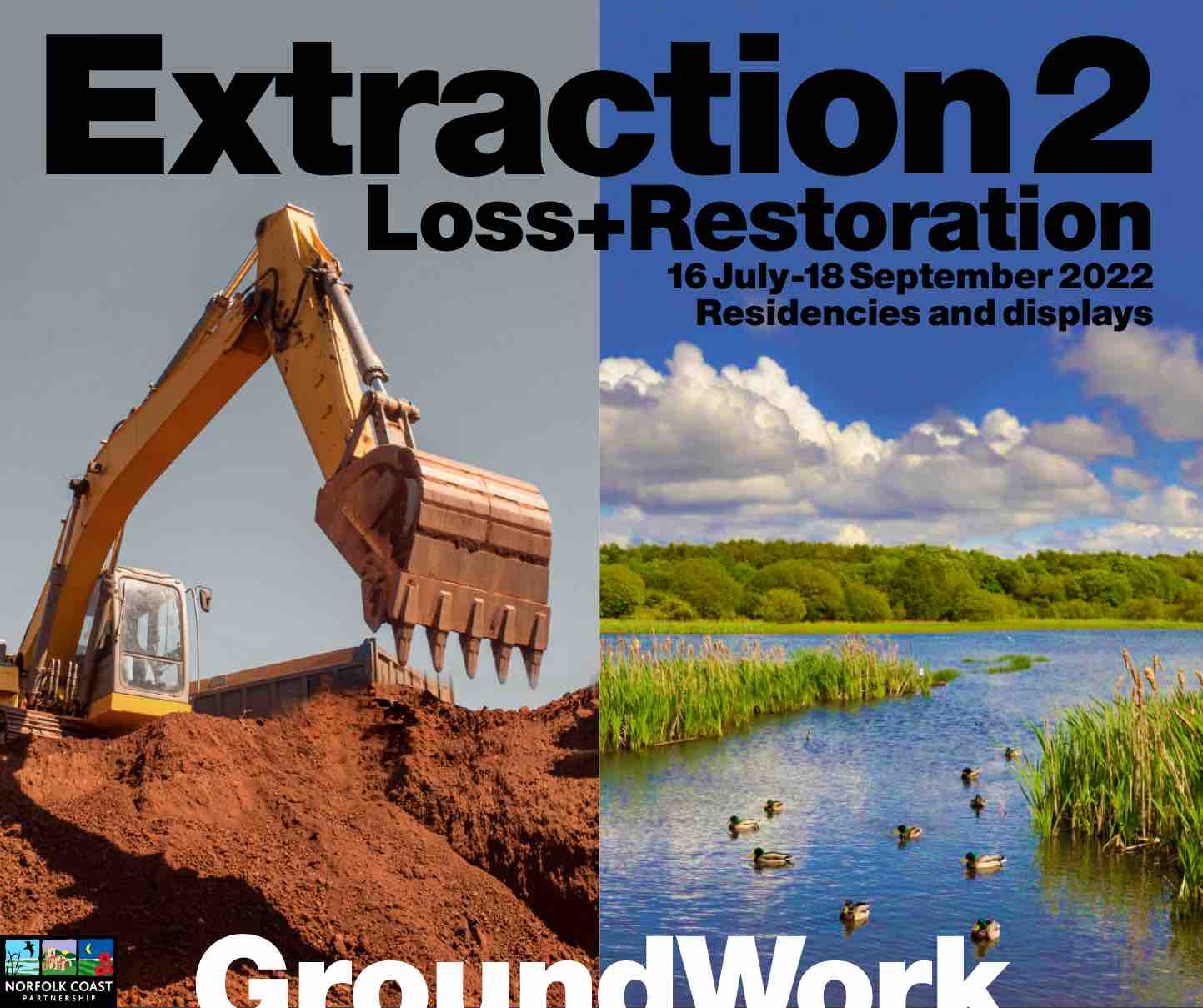GroundWork’s summer project: Extraction 2: Loss and Restoration relates to some of the core issues about stone quarries. We began this focus by joining in with the important Extraction Art on the Edge of the Abyss programme, which started in 2021 in the United States. Last summer we had a successful series of 3 artist’s residencies on this theme, exploring local extraction of stones and sand. It resulted in a 2 week exhibition period at the end. One of the residencies was in collaboration with the prestigious Art for the Environment residency programme at University of the Arts London (UAL). This has been running internationally since 2015, under the guidance of founder, Professor Lucy Orta.
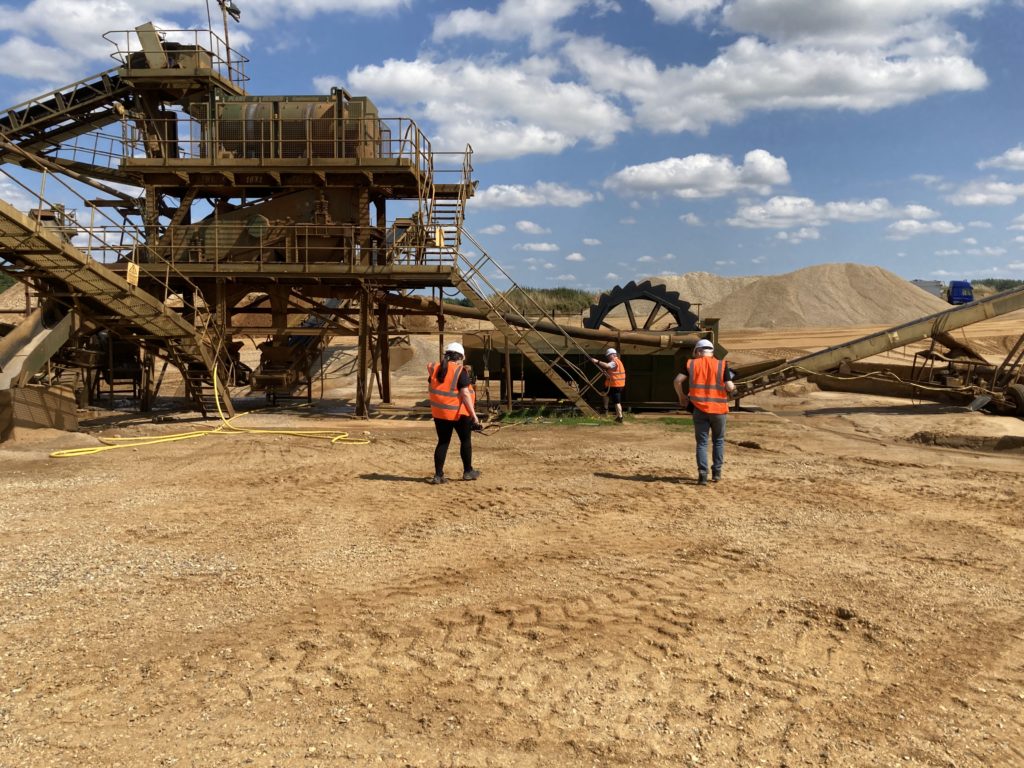
Funded by Norfolk Coast Partnership, our projects to date have focused on quarries and the extraction of sand and aggregates. For the current year, quarries will remain our main theme, taking account of our principal findings from last year. For Extraction 2: Loss and Restoration we are looking once again to host artist residencies and exhibit the results in some form. The call is already out for applications at UAL. See below for our own call, which we will also put out through other media, or contact the gallery at mail@groundworkgallery.com for further info.
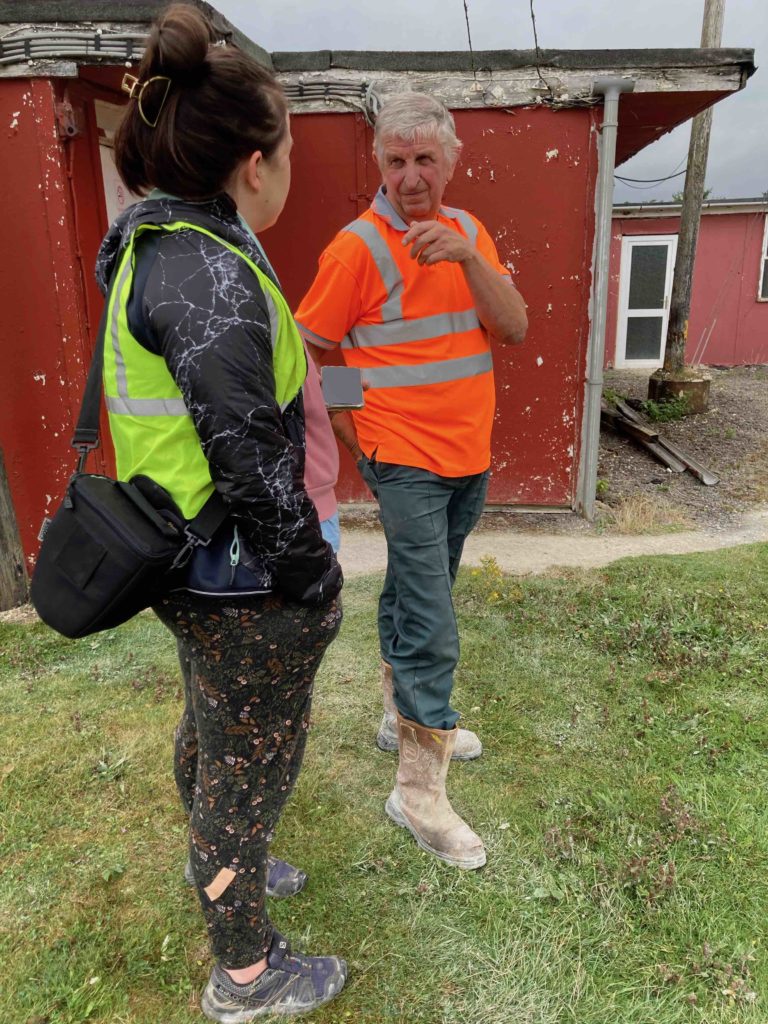
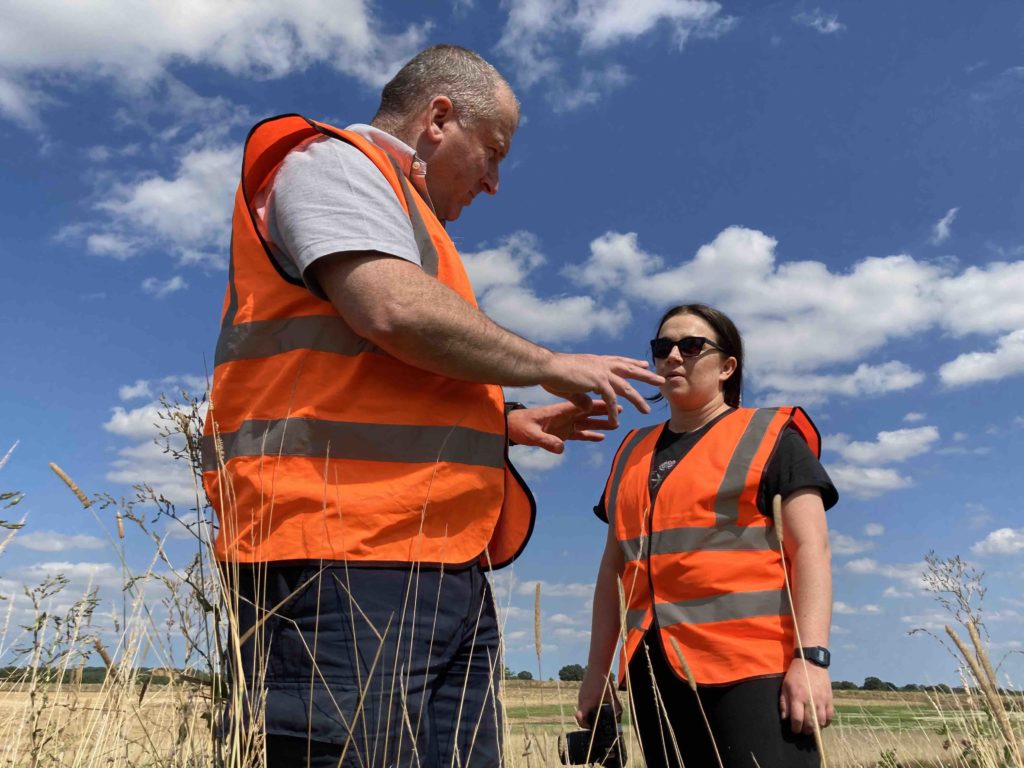
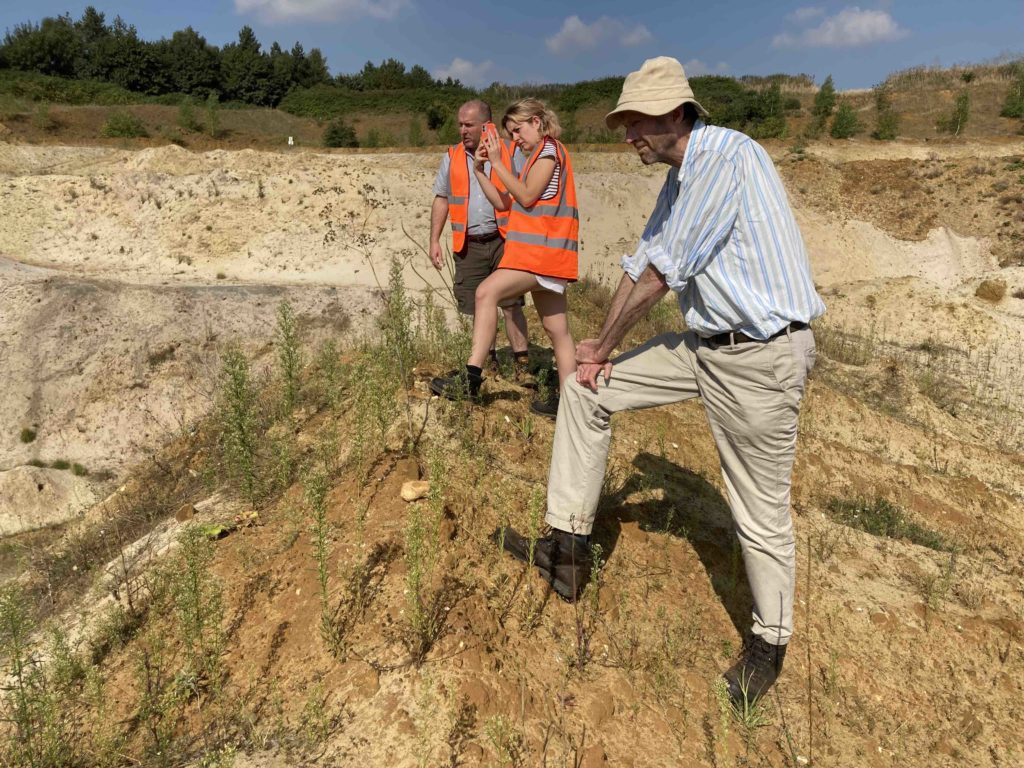
GroundWork Gallery environment residency 2022
Theme for 2022: Extraction 2. Loss and Restoration
For this summer, between July and August 2022, we invited artists and writers to apply to this year’s residency programme. The theme continues from our focus last year on extractivism which is such an important and under-explored issue for our time. Artists are staying for 2-3 weeks at the Gallery in King’s Lynn in a comfortable live-work apartment above the gallery.
GroundWork Gallery’s Extraction programme began in 2021 in association with EXTRACTION: Art on the Edge of the Abyss, a multimedia, multi-venue, cross-border art intervention originating in the USA. The whole initiative, involving hundreds of artists and galleries, seeks to provoke societal change by exposing and interrogating the negative social and environmental consequences of industrialized natural resource extraction.
In 2021 GroundWork hosted 3 residencies of 2 weeks each, one of which was a collaboration with the University of the Arts London’s Art for the Environment residency programme. Each artist focused on a body of research consistent with their practice and while we did not specify any outcome, they each produced work-in-progress for the exhibition we held at the end. You can read about the programme here: https://www.groundworkgallery.com/exhibition/extraction-art-on-the-edge-of-the-abyss/
Brief for 2022
The resident artist will have the opportunity to work on local and/or global issues in connection with extractivism. The most value would be gained for the resident by exploring extraction issues local to Norfolk, especially the Coastal areas and the Fens. These include peat digging and cultivation and its consequences; quarrying of chalk, flint, aggregates, silica sand, dredging of the sea, or any other pertinent subject. As guidance, we have highlighted the two polarising themes we discovered last year. The loss to the land in extracted minerals, and the gains in terms of restoration afterwards. There are many other issues ripe for exploration, such as the biodiversity gains and losses, the applications for the excavated materials, the technology employed in processes and the overall carbon footprint.
Potential support and advice can be provided for local extraction sites and issues by a multi-disciplinary study group, including Norfolk Geodiversity and Norfolk Coast Partnership (funders), plus Like Minds Norfolk, quarry directors and workers & the GroundWork Gallery team.
Outcomes
We do not expect finished work to come out of this – we do hope however that there will be some results we can share in public. At the end of the residency period, work in progress or finished pieces will be presented in a group show at GroundWork Gallery in September.
Residency facilities
• a residency for 2- 3 weeks between July and August 2022
• Participation in a group exhibition in September 2022
• Participation in an online talk/conference in September 2022
• Free living accommodation on site, including space to work* and access to kitchenette and balcony
* it is really a live-work space, normally part of the gallery – with a large table and only really suitable for relatively clean work, such as writing, drawing, painting, collage, performance, photography, textiles, digital work, film….so if your work is normally requiring heavy equipment or space this won’t work for you.
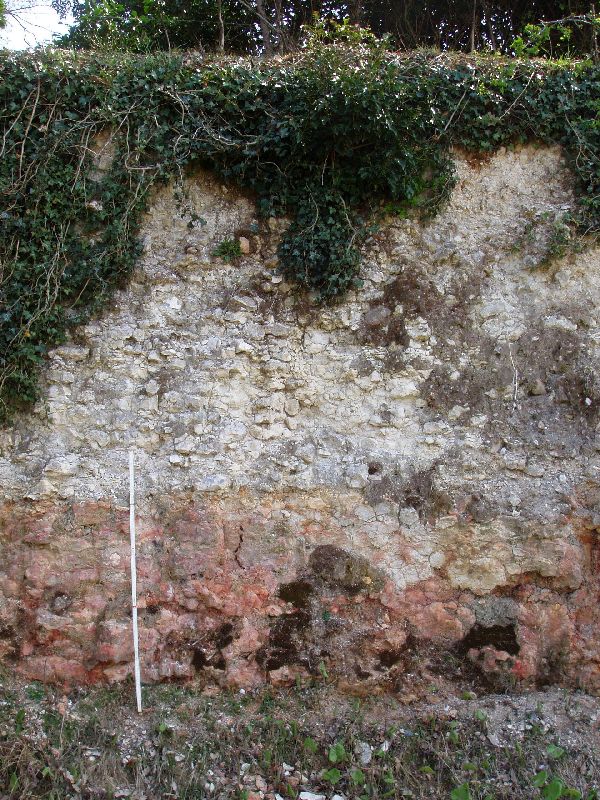
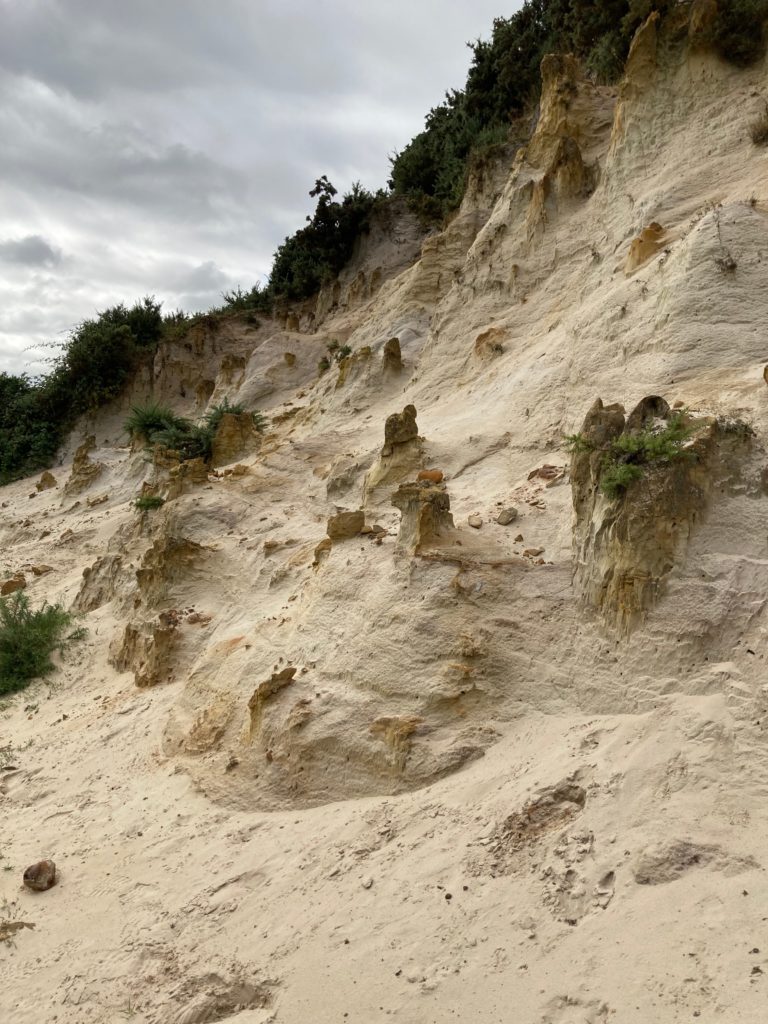
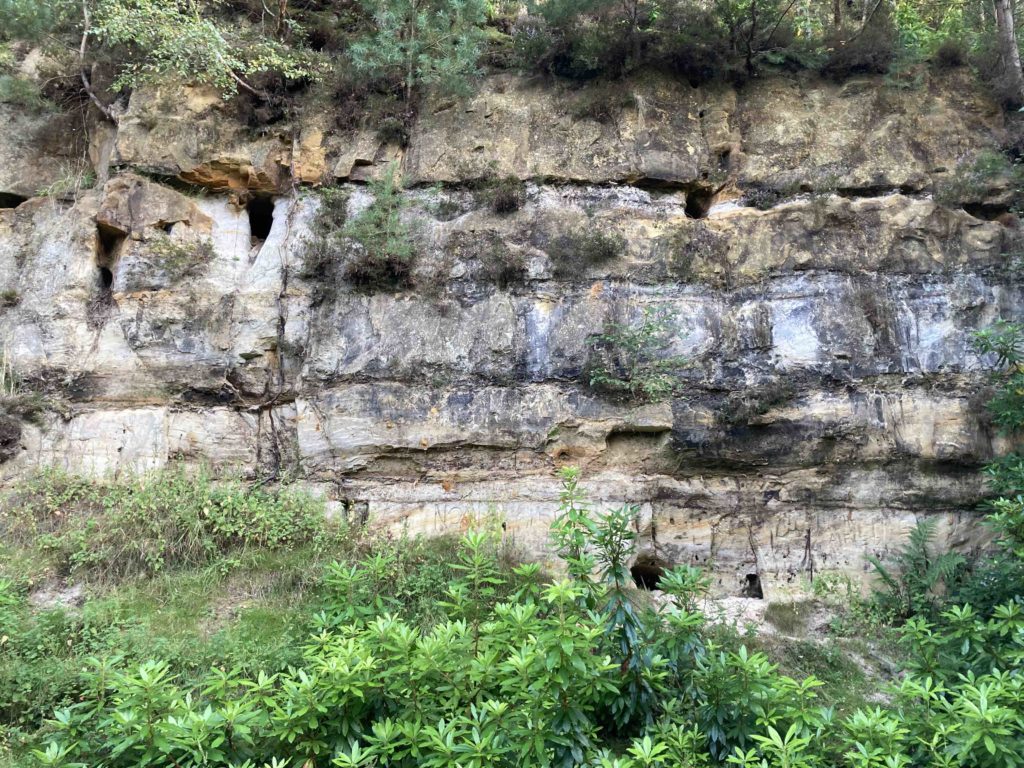
Extraction 2: Loss and Restoration exhibition 2022
For 2022 we are planning to run the exhibition throughout the summer, so there will always be something on show which illuminates the subject. Its foundation will feature selected works from 2021 which we could not show then, plus some key Extraction themes. Regularly we will be posting updates on how the residencies are progressing, and as new work is made, it will be added to the work on display in the gallery.
Loss
Especially through our work with geologist Tim Holt-Wilson, we realised in 2021 that what in the industry is classed as ‘low quality aggregate’ is actually ancient geological material. We are using it too casually to form the sub-strata of roads and houses. UAL resident artist, Rebecca Faulkner brought to our attention the global problems of sand. The world is running out of sand and yet it is still a major component of cement – the most ubiquitous building material, and glass. The King’s Lynn silica sand quarry which supplies 80% of the British glass industry had about 15 years worth of more material. After that we have to find alternative sources – or make glass in a different way.
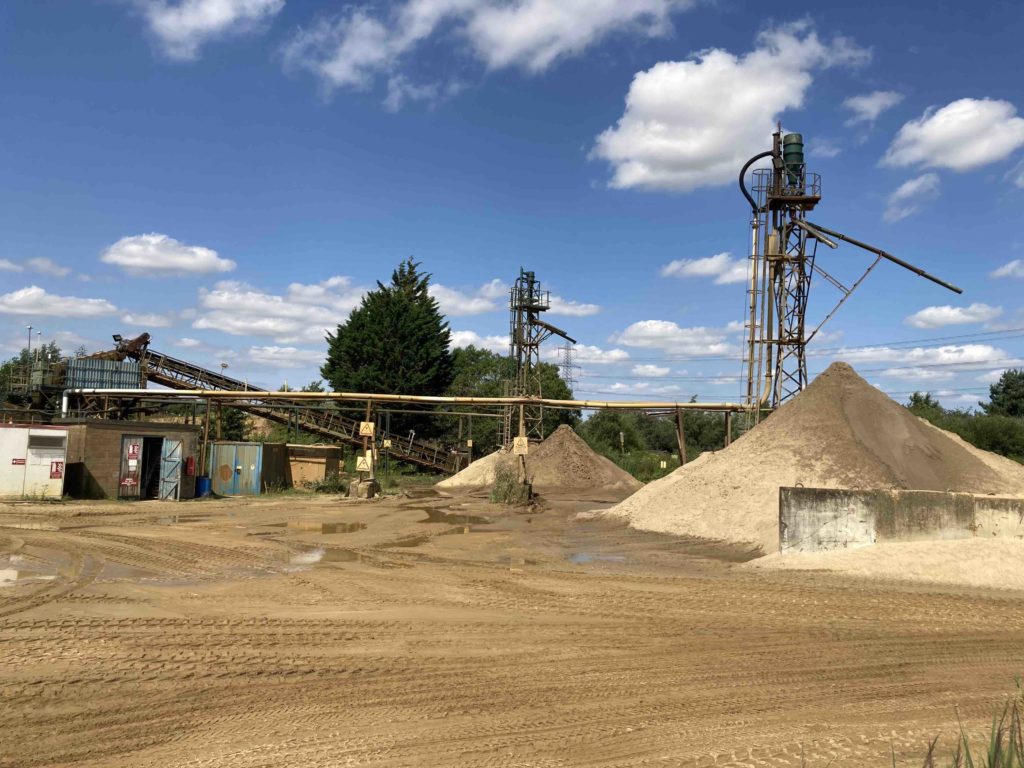
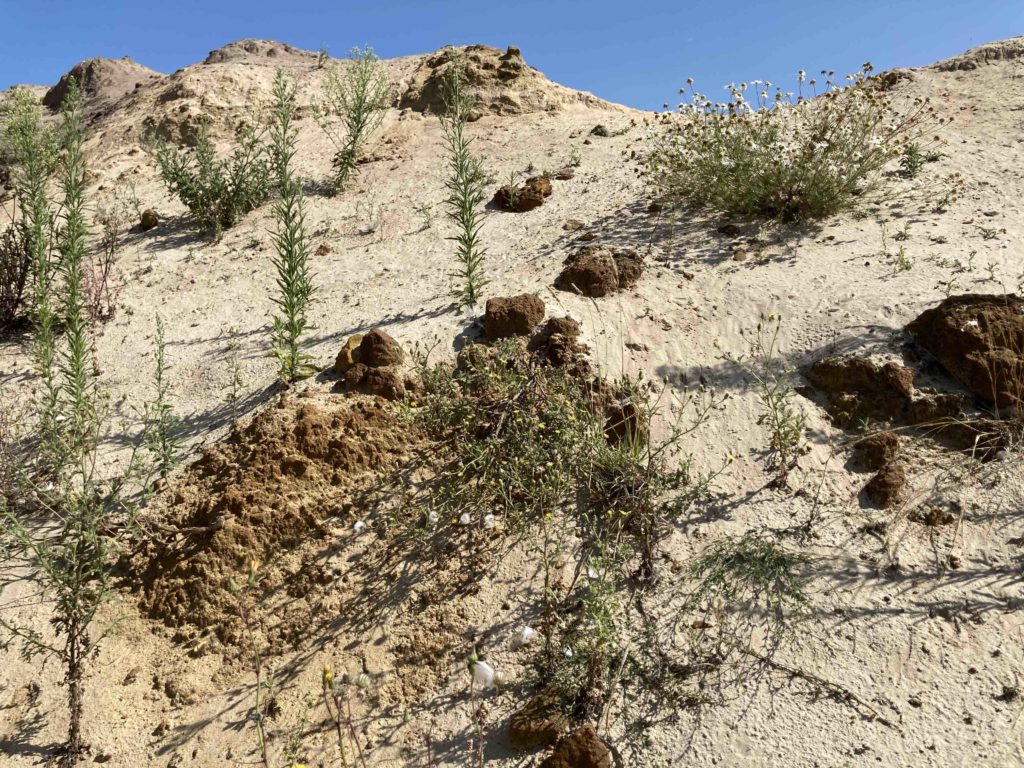
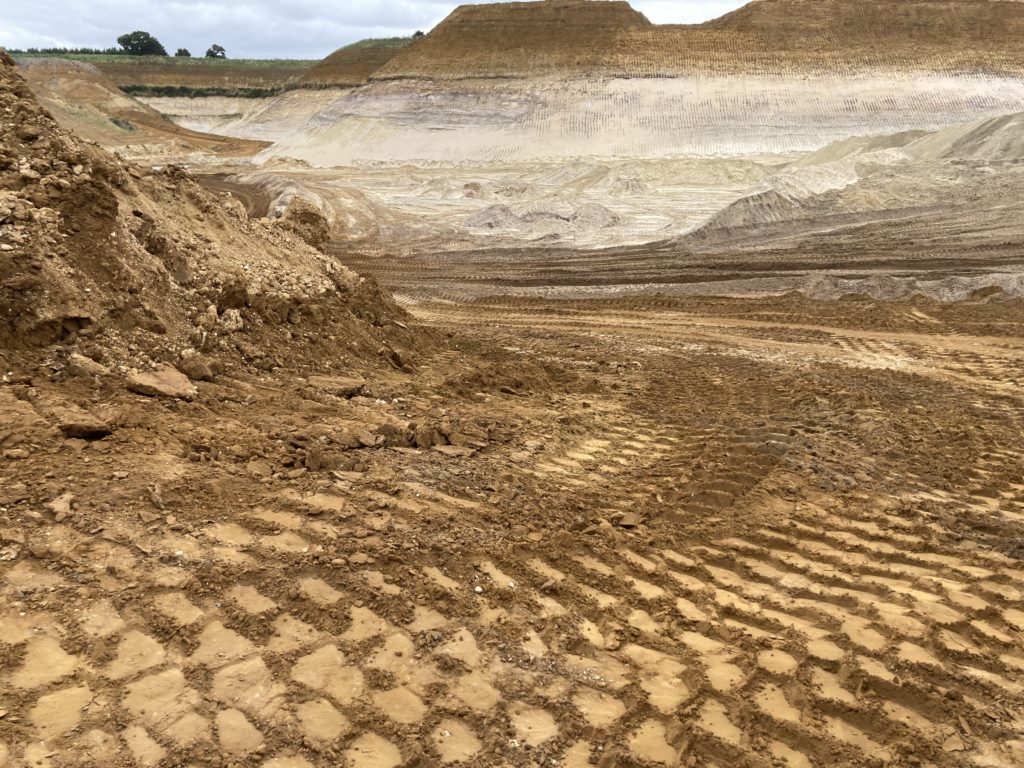
Restoration
On the one hand we learned that quarries in the UK are very well regulated. Planning law controls the period of operation of a quarry. It also stipulates that once a quarry is exhausted, the land must be returned to nature. The very good news is that 75% of SSSI’s, that is sites of special scientific interest – are in former quarries. We saw some examples of this last year in Norfolk at Blackborough End and Pentney Lakes.

